
WHAT YOU WILL NEED:
2 different sized terracotta flower pots
1 bolt that will fit in the pot holes
4 washers
2 nuts
something to lift the pots – a baking pan is ideal
1 or more candles – the more flames the better!
1 lighter

First, attach the smaller pot to the inside of the larger one, by inserting the bolt into the hole. Put a washer on every time the terracotta will touch metal. Screw on the nuts tightly. Place candles in the baking sheet. Light them.

Next, place the attached pots upside down overtop of the lit candles. Wait about 20-30 minutes, and it will begin radiating heat. Be safe! Make sure the candles/pots won’t get tipped over easily and that the pots are secured ontop of the baking sheet.
Heating a space without electricity is useful for situations when you can’t afford/don’t have access to adequate heating in your home, to save money, living in a portable shelter such as a car or a tent, or choosing to live “off-grid.” It can be used in black-out situations, or if you ever choose to build a cabin for yourself in the woods. Really, anytime you need to heat a space and don’t want to use/cannot use electricity.
DIY projects such as these are often attributed to the “living off-grid” ideology/movement, but are not restricted to it. You don’t have to have an off-grid lifestyle to implement ideas such as these into your life, or use when it is appropriate for you.
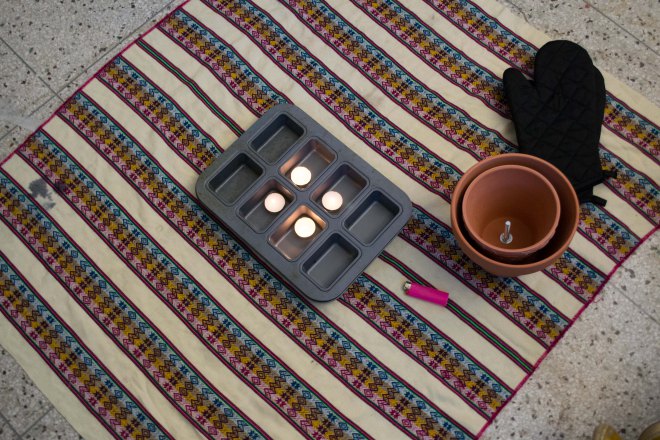

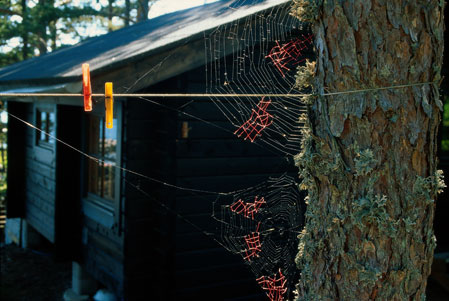





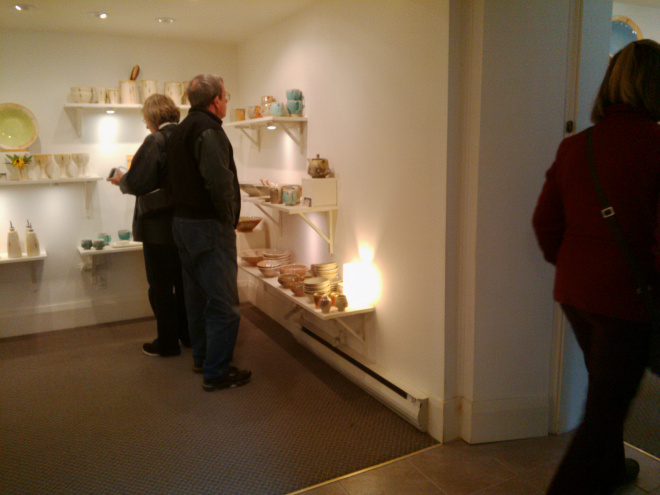






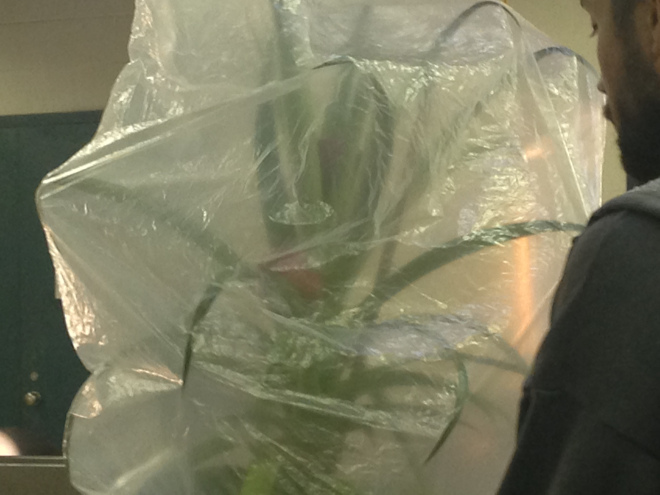





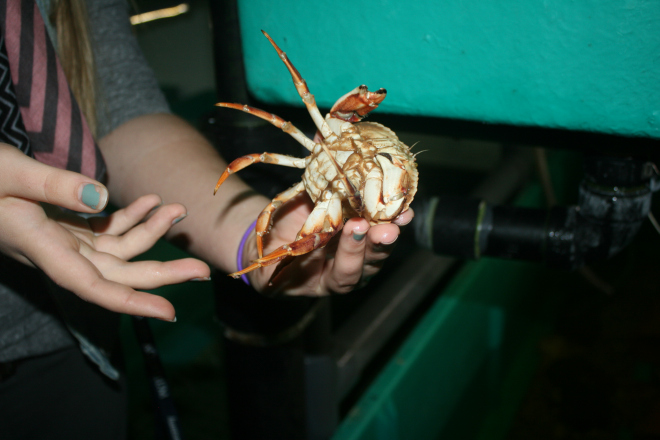




























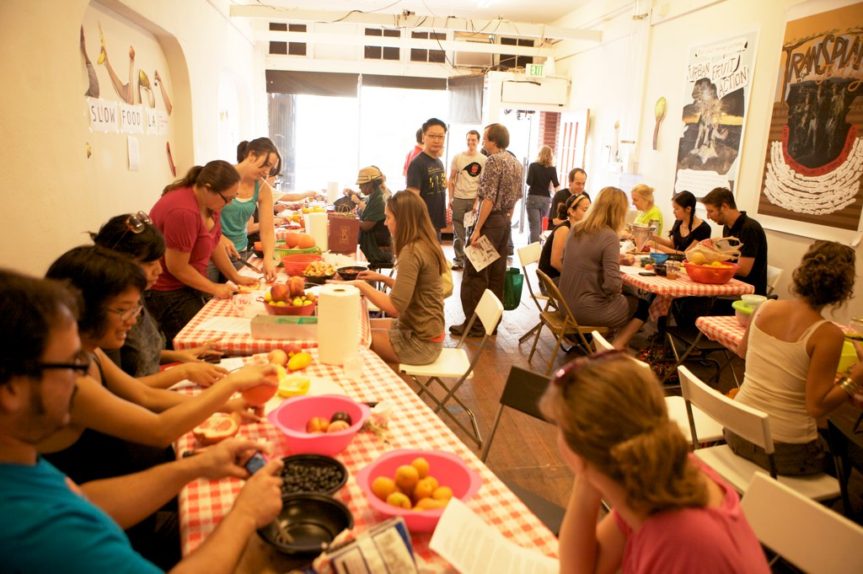

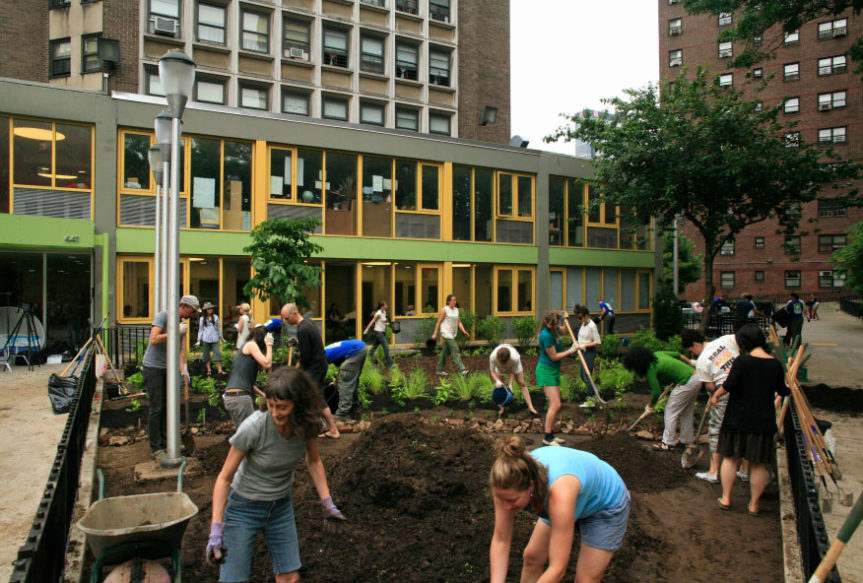

You must be logged in to post a comment.